According to a report by CB Insights, over 70% of tech startups tend to falter within 20 months, even after successfully securing sufficient funding for an initial boost. The causes of such failures often include factors like a lack of market demand, inadequate cash flow, pricing and cost-related challenges, absence of a viable business model, fierce market competition, and more.
The real question is whether there are viable solutions to mitigate this high failure rate or if this trend will persist and potentially worsen. While numerous strategies can help reduce startup failure rates, one of the most effective approaches is the development of a Minimum Viable Product (MVP).
But again, the art of making astute financial choices becomes indispensable for achieving success in the dynamic realm of startups. The reason is that the importance of every expenditure characterizes the MVP.
In this blog, we will discuss MVP (Minimum Viable Product) development and uncover its potential to reduce costs for your startup significantly.
But What is MVP, and How to Develop MVP?
MVP, known for Minimum Viable Product, represents a development approach that centers on crafting a streamlined rendition of your product. It encompasses only essential features to cater to early adopters. The prime objective of MVP development is swift deployment, the collection of user input, and subsequent refinement and enhancement informed by this feedback. This strategy optimizes development, curbs superfluous spending, and expedites time-to-market.
What Makes MVP Development So Important?
When it comes to entrepreneurs, their capacity for creativity often encounters financial constraints. This is precisely where the Minimum Viable Product (MVP) can emerge as a compelling choice, offering several advantages to your business, including significant cost reductions.
- It Mitigates the Risk of Failure: MVP development is a valuable method to assess the viability of your idea and its market potential. It shields you from pouring substantial resources into products that may lack demand. The performance of your MVP serves as a litmus test, determining whether the project merits further investment.
- It Facilitates Feedback for Enhancement: The MVP development process provides a conduit for accumulating customer-centric insights through an ongoing feedback mechanism. With continuous feedback, you can tailor your product to meet the specific needs of your users, all without incurring additional expenses for superfluous features.
- It Appeals to Investors: MVP equips you with the leverage needed to secure investment capital for expansion. A significant number of proposals falter due to financial constraints, but an MVP can sway potential investors. Investors are more inclined to provide funding when they believe your product can address their needs.
Creating an MVP makes your concept tangible and comprehensible to potential investors, transforming your vision into a tangible reality. When investors perceive that you have already introduced a functional physical product, it instills confidence in your project and increases the likelihood of securing their support.
What is the Average Cost of Building MVP For Startups?
It typically ranges from $50,000 to $75,000 to build an MVP for startups. However, the actual cost varies depending on several factors:
- The nature of the product you intend to create (for instance, a straightforward solution might cost around $50,000, whereas a mobile app development could amount to approximately $70,000 or more, contingent on complexity. On the other hand, building a marketplace or a highly intricate MVP might surpass $100,000).
- The level of technological sophistication involved in your MVP (are you crafting a bespoke, fully custom solution or opting for a modular MVP approach?).
- Your desired timeline (generally, the quicker you want the project completed, the higher the cost).
- What elements are encompassed within your concept of MVP creation (does it include project discovery and post-launch expenses? for instance)
How Do Start-ups Optimize Cost Savings with MVP?
- Strategic Resource Allocation: Crafting a fully-featured product from the outset demands a commitment of time and resources. Prioritizing essential features allows for efficient resource allocation, preventing unnecessary expenditure on non-essential components.
- Accelerated Development Timeline: MVPs are engineered for rapid development and deployment. This means you can place your product in the hands of users sooner, potentially kickstarting revenue generation and reducing the period of financial uncertainty.
- User-Centric Enhancement: MVPs place a premium on early user feedback and data collection during development. This input serves as a guiding light- minimizing the risk of costly missteps when a product is developed in isolation.
- Cost-Efficient Iterations: Embracing iterative development cycles enables you to enhance and expand your product based on user insights continually. This obviates the need for extensive rework down the line, resulting in substantial cost savings.
- Risk Mitigation: Introducing a streamlined version of your product helps hedge against the risk of heavy investment in a concept that might not resonate with users. This cautious approach serves as a safeguard against costly failures for your startup.
- Boosting Investor Confidence: Presenting a viable product with tangible user engagement can bolster confidence among potential investors, increasing the likelihood of their support for your startup’s growth.
Fundamentally, prosperous startups utilize MVP development as an economical and risk-reducing tactic. Through a concentration on essential functions, the collection of user input, and the adoption of an iterative method, they enhance resource utilization efficiency and their prospects for sustained achievement.
Read Also – Important Features to Develop MVP for a Fitness Mobile App
Wrapping Up!
MVP proves invaluable for entrepreneurs with aspirations of entering the market swiftly and cost-effectively. Therefore, if you want to establish a thriving business, you require an exemplary app development company in Cambridge to propel your venture forward. You can hire seasoned MVP development companies, like Zimble Code, to deliver cost-effective product development solutions.
Frequently Asked Questions (FAQs)
Q1. What is the typical timeframe for MVP development?
The duration required to construct an MVP can generally vary from 2 to 6 months, contingent upon your specific requirements and project complexity.
Q2. What advantages does MVP development offer?
MVP development contributes to cost savings, risk management, expedited market entry, and the acquisition of user insights to enhance the product.
Q3. How should I obtain user feedback for my MVP?
You can obtain user feedback through approaches such as beta testing, surveys, conducting user interviews, and leveraging analytics. Engage with early adopters and give careful consideration to their observations.

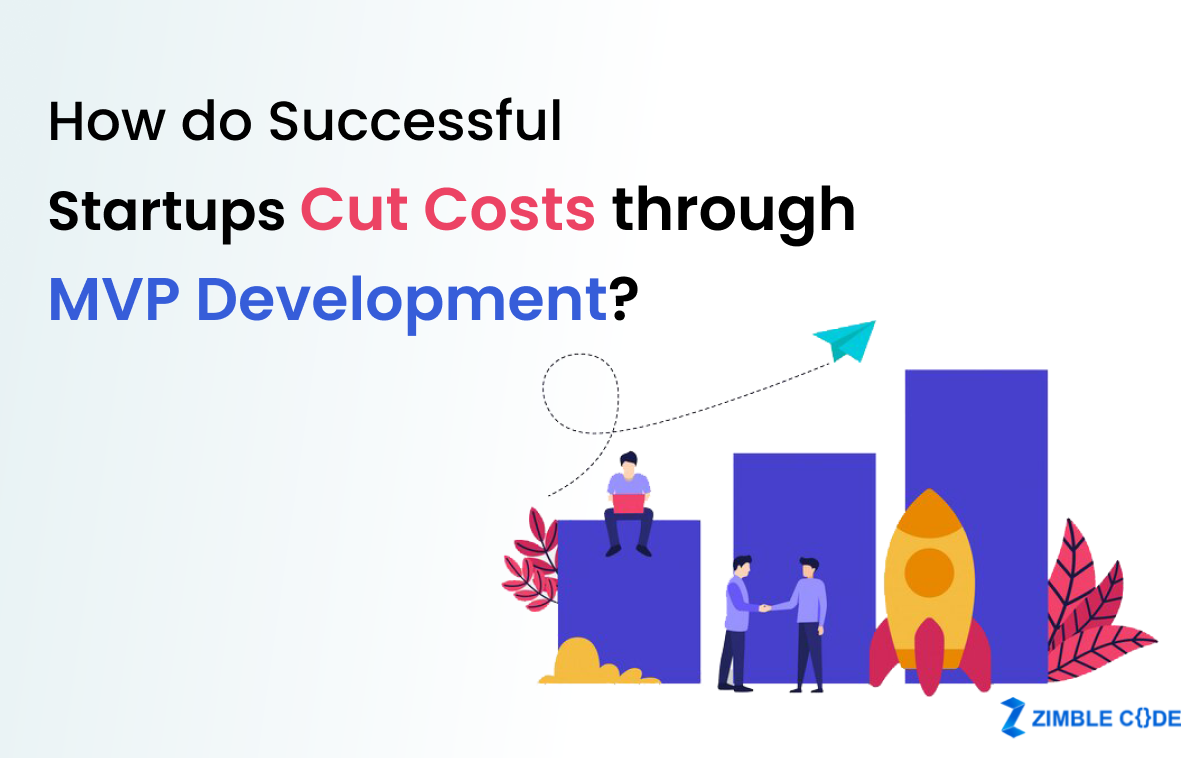
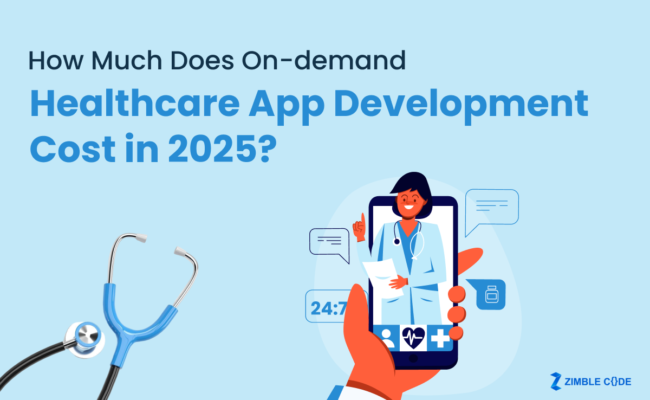
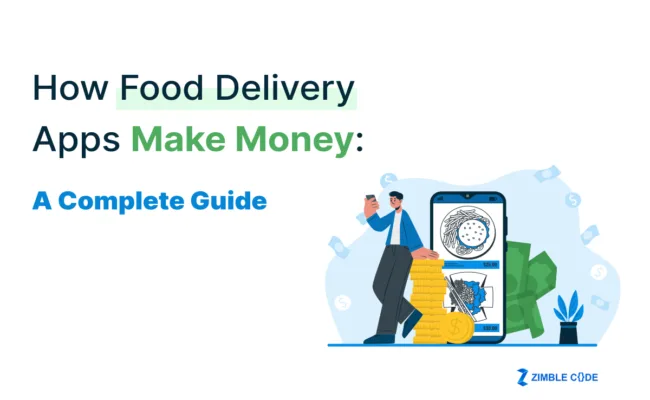
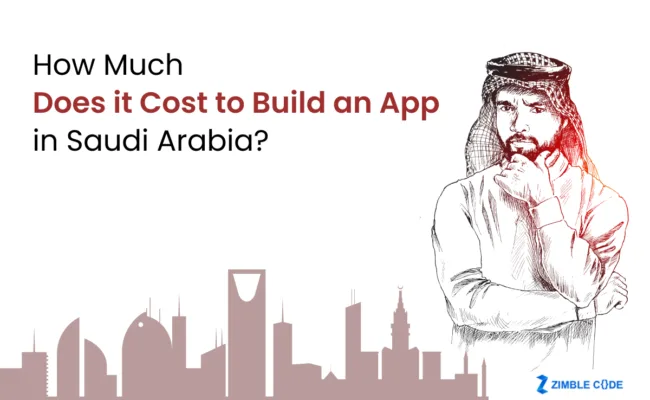
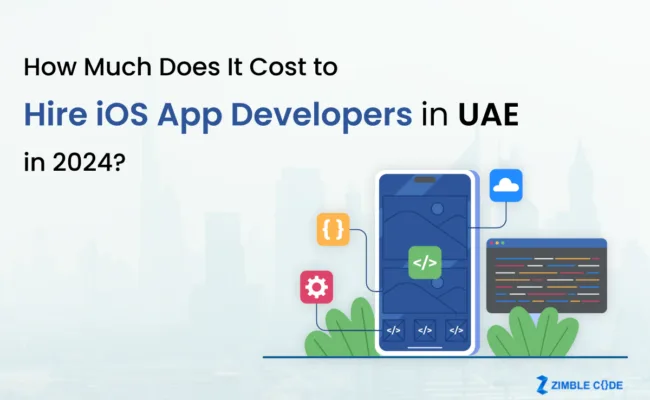
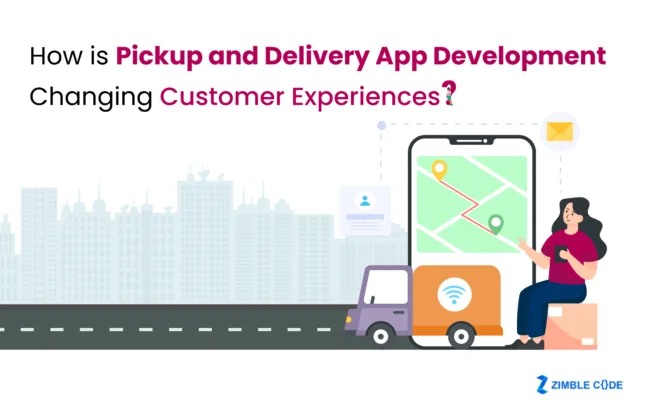

Leave A Comment